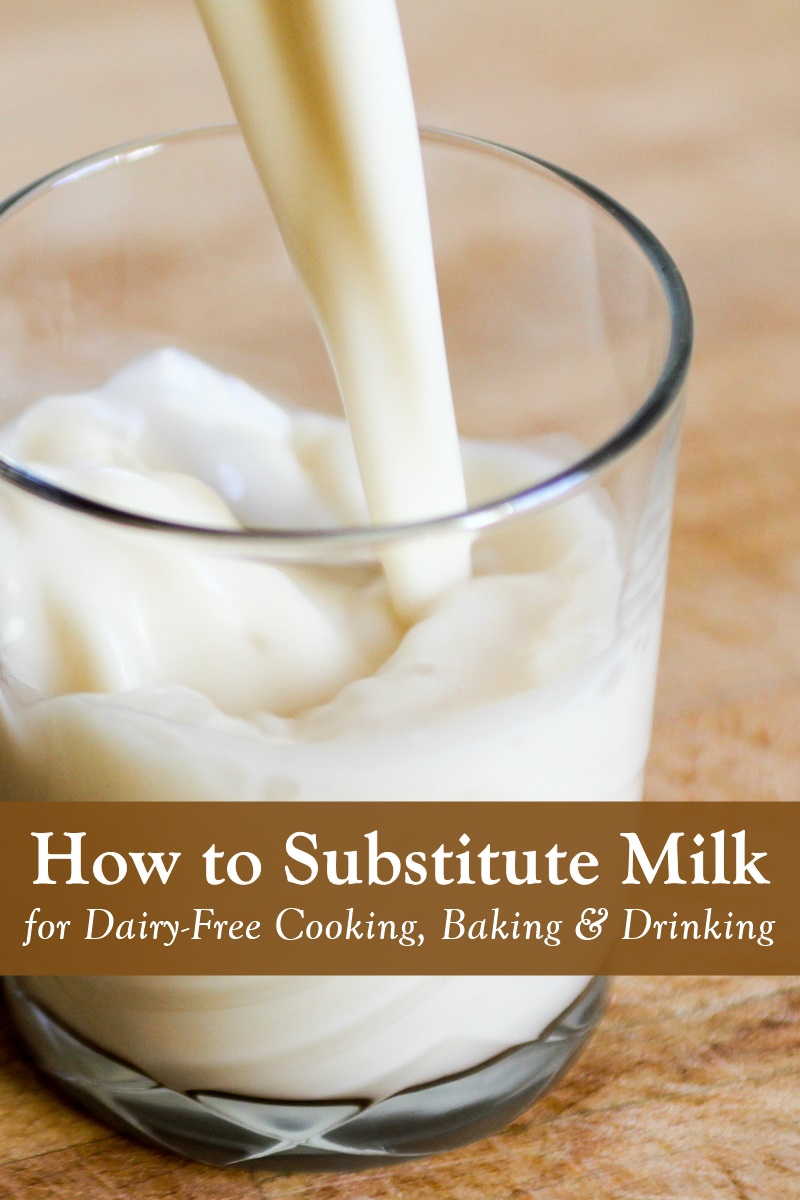
The fluid milk varieties (whole, 2%, 1%, fat-free or skim) all have the same 9 essential nutrients (calcium, potassium, phosphorus, protein, vitamins A, D and B12, riboflavin, and niacin). We both want to provide the best for our families, and she was curious whether or not skim milk has the same nutrients as 2% or whole. PBBs are not nutritionally comparable as they are lower in protein, vitamins and minerals, and are often ultra-processed.I was recently asked this question by a friend and fellow mom. The bottom line? Milk is a whole food with 15 essential vitamins and minerals. 10 While there may be comparable amounts of calcium on Nutrition Facts panels, you get more calcium from milk because it doesn’t separate from the beverage and settle on the bottom of the container. In a study comparing the calcium content of PBBs based on shaking, researchers learned that unshaken almond and soy samples had 14 and 18% lower calcium contents than their well-mixed samples, while rice and oat samples had 96 and 97% lower calcium contents than the well-mixed samples. So, the nutrient content of PBBs depends on whether the product has been shaken. Added calcium sinks to the bottom of the beverage container as sediment. Calcium is added to PBBs via fortification, and the amount added can range from 23-38% DV. Calcium SedimentĬalcium in milk is naturally occurring, and one cup of milk provides 30% of your required daily value (DV). One study found that one cup of milk provides a greater contribution toward the recommended daily intake (RDI) of all amino acids considered (29–61% contribution to each amino acid except histidine), while PBBs provide 11% or less 8. Several studies have compared the protein in milk and PBBs. Per the Digestible Indispensable Amino Acid Score (DIAAS), milk scores a 1.18, compared to 0.94–0.97 for soy protein isolate, 0.54 for oats, 0.4 for almonds, and 0.37 for rice protein 7. In addition to having more protein (quantity), milk also has a higher quality of protein compared to PBBs.

Soy is a close second, but most PBB have only one gram of protein per cup (compared to nine grams in milk). During this transitional period, on the Nutrition Facts Table of your package of milk, you may notice some milk manufacturers will have the current fortification level, which is equivalent to 13% of the recommended daily value (%DV) of vitamin D in a glass of milk, while others may have already adopted the new level of vitamin D fortification level which is equivalent to 25% of the DV% value.ĭownload the Milk and Plant Based Alternative brochure Protein quality and quantityĪs the chart above shows, none of the PBBs have the same amount of protein as milk. Health Canada has increased the vitamin D fortification level required in milk which will come into effect in 2026. Here's a guide to help your clients make informed choices: Overall, milk contains more potassium, phosphorus and zinc compared to PBBs. PBBs nutrients range based on what’s naturally occurring and how much they are fortified. Consumers are not aware that most PBBs are low in protein, and don’t contain the same array of 15 vitamins and minerals found in milk. Milk has more protein and a wider variety of vitamins and minerals compared to PBBs. 3 Dietary guidelines recommend eating more whole foods and cutting back on ultraprocessed foods to help lower the risk of chronic disease. Studies show that 90% of PBBs meet the criteria for ultra-processed foods, meaning they contain sweeteners, hydrogenated oils, flavour enhancers, emulsifiers, or thickeners.

Some PBBs only contain water, vitamins and the plant they are named for (almond, soy, etc). The only ingredients in 3.25% milk is milk and vitamin D (which is required by law). Milk is considered a whole food many PBBs are ultra-processed. PBBs are often sold in the dairy section of stores in similar packaging to milk, and some consumers mistakenly think milk and PBBs are interchangeable. 1 The nutrient content of PBBs have a huge range and are highly variable – some are fortified, some are not, and they all have vastly different panels of Nutrition Facts.

There are over 20 PBBs to choose from, which are made from almonds, cashews, coconut, oats, soy hemp, rice or other plants. There are many different plant-based beverages (PBB) available in the grocery store and it is important to know how these beverages compare to milk on a nutritional basis so you can help your patients make informed choices.ĭownload the Milk and Plant Based Alternatives fact sheet Nutrients in milk vs.


 0 kommentar(er)
0 kommentar(er)
